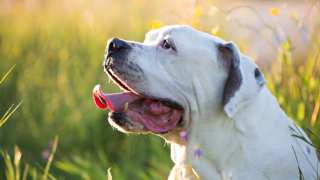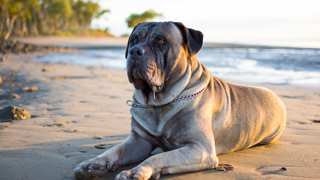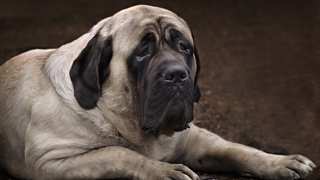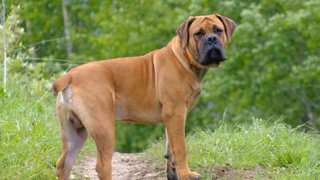The coat of this breed doesn't require any cutting or styling because it is already relatively short, straight and lying flat on the body-- it's unlikely you will ever see a shaved Rottweiler unless he/she has had some sort of medical procedure. The styling practices that are debatable, however, are docking the tails and clipping the ears of Rottie puppies. Although it is becoming more common to keep the natural tail and ears of the breed, some owners still opt for the "classic" Rottweiler look. Many wonder "Why cut a Rottweiler's tail off?" or "Why cut a Rottweiler's ears?". There are several answers to these questions that we will discuss.
Cutting the tail, or docking, is done within a few days after the puppy is born. The nervous system hasn't fully formed and many experts claim this is the most humane time to cut the tail. While not painless, it results in very little pain and a much less traumatic experience than docking after the first 5 days post birth. Today, breeders and owners do this for two main reasons-- primarily, they intend to use the dog for protection and guarding with the though process being a docked tail is unlikely to get bitten, pulled or snagged. Otherwise, there are still a large portion of people that like the aesthetic of the docked tail. Unfortunately, some Rotties are still abused and forced to fight and cutting a Rottweiler's tail (and ears) is almost always part of the process.
The Rottweilers ears are cut, sometimes, but this is not as common as tail docking. The reason for this is quite similar to the reason for cutting the tail. A Rottweiler with clipped ears is less likely to get their ears injured (torn, snagged, etc) while performing their duties. The erect style ears are thought to allow the dog to hear better and, therefore, guard better. Once again, there are some that just prefer the look of clipped ears.






